In non-linear loads, Current Harmonic Distortions are created, which in turn creates voltage harmonic distortion that are said to flow from the load to the source ( system ).
My understanding of Harmonic Distortions in AC circuits ( based on different papers as well as What exactly are harmonics and how do they "appear"? ) is that harmonics are not "created", but are merely a mathematical representation needed to do the Fourrier transform of the wave and explain it mathematically. If that is the case, how can these Harmonic Distortions flow back from the load ?
Any insights would be appreciated.
EDIT: Reading http://electrical-engineering-portal.com/res/Harmonic-detection-and-filtering.pdf, it seems I was mistaken and it is harmonic current that flows back to the source, causing a distorted line voltage in the load. My question then becomes, is this harmonic current flowing back through the neutral line ( 3-phase wye ) ? If so, how does this works in delta connected system ? Would this mean the current is flowing back to the source on the same line ?

